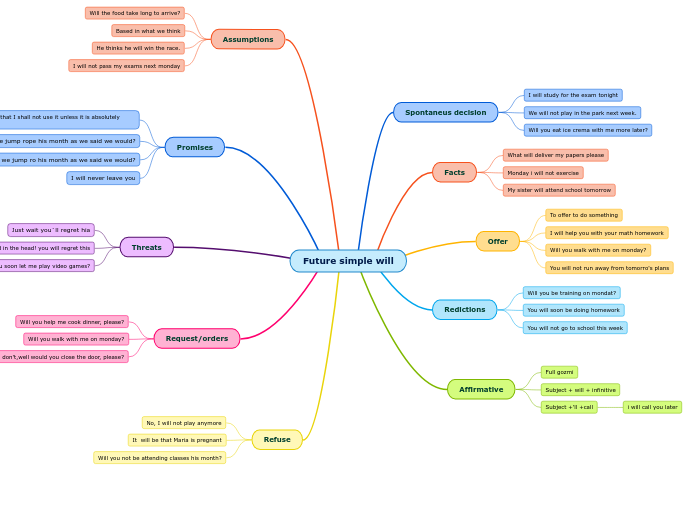Acc Chapter 2
Assumptions
Economic Entity
Going Concern
Time Period
Monetary Unit
Principles
Full disclosure
Cost
Revenue Recognition
Matching Principle
Constrains
Conservatism
Materiality
Useful Information
Reliable
Neutral
Verifiable
Relevant
Decision making
Timeliness
Feedback
Predicted value
Use of Financial Statements
Income Statement
Definitions
Ratios
Uses
Intercompany comparisons
Single competitor
Industry-average comparisons
Based on average ratios for particular industries
Intracompany Comparisons
Two years for the same company
Type
Solvency Ratios
Survival over a long period of time
Liquidity Ratios
Short-Term ability of the company to pay its obligations and meet unexpected needs for cash
Profitability Ratios
Measure income or operating success in a period of time
Expresed
Proportion
1.44:1
Rate
1.44
Percentage
144%
Mathematical relationship between one quantity and another
The classified Balance Sheet
Groups
Liabilities
Stockholders' Equity
Retained Earnings
Income retained by the firm
Common Stock
Investment of Stockholders
Long-Term liabilities
5 Pension Liabilities
4 Lease liabilities
3 Long-Term notes payable
2 Mortgages Payable
1 Bonds Payable
Pay after a year
Order of Magnitude
Current liabilities
5 Taxes
4 Interest payable
3 Bank loans payable
2 Wages Payable
1 Accounts payable
Obligations to pay in one year or operating cycle
Assets
Intangible assets
2 Patents, Copyrights, and trademarks
1 Goodwill
Not physical substance yet often are very valuable
Property, Plant, and Equipment
Assets with long useful lives
- Depretiation
3 Equipment
2 Buildings
1 Land
They spread the total cost to various annual expenses
Long-Term Investments
2 Long-Term assets
Buildings not being used
1 Stocks and Bonds
Investments or assets that held for more than a year
Current Assets
Companies list assets in order they are able to convert it to cash
6 Prepaid Insurance
5 Supplies
4 Inventories
3 Accounts receivable
2 Short-term investments
1 Cash
Convertible in Cash within a year or operating cycle.









